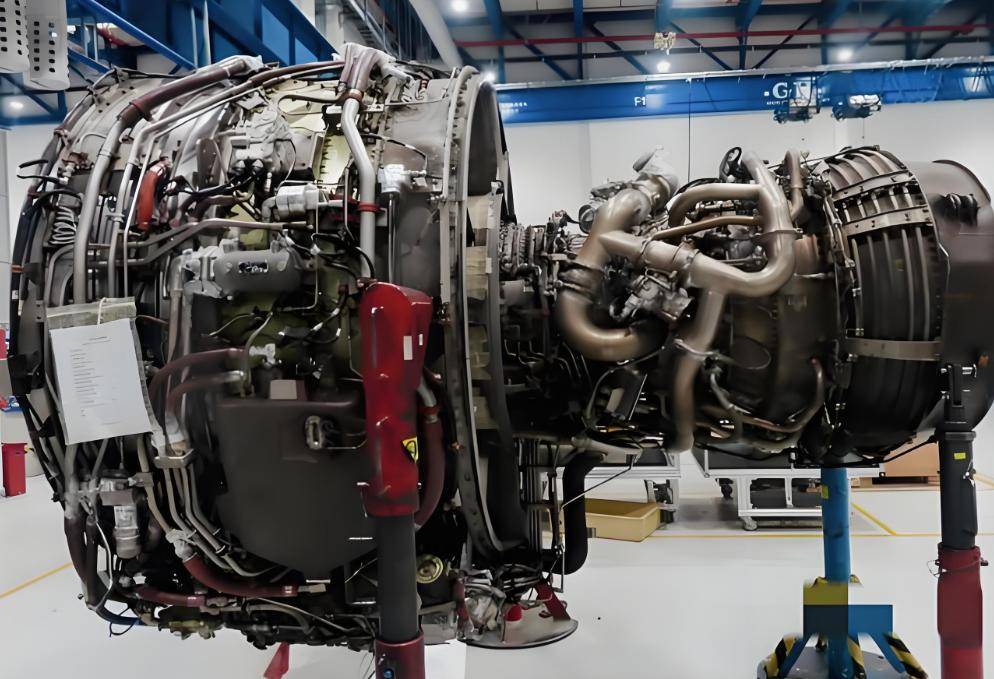Want to know more?
Don't miss any product updates on our industrial borescopes

Industrial borescope
solution service provider
Company Address
Office : 18F, Pingshanshouzuo, Pingshan District, Shenzhen,Guangdong
Contact Info
Ph: +86-0755-89588241

The detection application of industrial endoscope on aircraft engines is mainly reflected in the following aspects:
Industrial endoscope is mainly used to detect various key components of aircraft engines, including combustion chambers, compressor blades, turbine blades, filter pipes, etc. The purpose of the detection is to find internal defects of these components, such as blade pits, blade root cracks, coating shedding, blade tip and blade edge material loss, etc., and to eliminate excess materials, so as to ensure the normal operation and safety of the engine.
1)Visual detection:
Industrial endoscope can go deep into the engine and capture subtle changes in blades and internal structures in real time.
Through high-resolution cameras and advanced image processing technology, the internal conditions of the engine are intuitively displayed on the screen, which is convenient for inspection personnel to observe and analyze.
2)Non-destructive testing:
During the inspection process, the endoscope does not need to disassemble the engine components and will not cause any damage or damage to the engine.
This reduces the cost and time of inspection while avoiding the additional risks that may be caused by disassembly.
3)High-precision detection:
The measurement function equipped with the endoscope can accurately quantify defects, such as measuring the length, width and depth of cracks.
This helps to evaluate the impact of defects on engine performance and provide an accurate basis for formulating maintenance plans.
4)Strong adaptability:
The probe of the endoscope can be customized according to the shape and size of the engine to meet the inspection needs of engines of different models and specifications.
This makes the endoscope have a wide range of application prospects in aircraft engine inspection.
1)Blade inspection:
The blades of aircraft engines operate in extreme working environments and are susceptible to defects such as corrosion, wear and cracks.
The use of industrial endoscopes can comprehensively inspect the blades, detect and deal with these defects in a timely manner, and ensure the performance and safety of the blades.
2)Internal structure inspection:
The internal structure of an aircraft engine is complex and diverse, including multiple components such as combustion chambers, compressors, and turbines.
The internal conditions of these components can be observed through industrial endoscopes to find out whether there are problems such as cracks, corrosion and wear.
This helps to formulate targeted maintenance plans and improve the reliability and durability of the engine.
3)Preventive maintenance:
Industrial endoscope inspection can also be used for preventive maintenance. By regularly inspecting the engine, potential safety hazards can be discovered in time.
This helps to avoid unsafe incidents and provide protection for flight safety.

1)Preparation before inspection:
Select appropriate endoscope probes and light sources to ensure that the equipment is in good working condition.
Perform necessary cleaning and pretreatment of the aircraft engine to remove surface dirt and impurities to improve the inspection effect.
2)Inspection process:
Insert the endoscope probe into the engine or close to the blade surface, and observe the internal and surface conditions of the engine by rotating and moving the probe.
Inspectors need to carefully observe the image on the screen and pay attention to defects such as cracks, wear, and corrosion on the blades and internal structures.
3)Data analysis and processing:
Use the measurement function of the endoscope to accurately measure the size and shape of the blade to determine whether it meets the design requirements.
Analyze and process the detected images and measurement data, and combine factors such as the material, working environment, and service life of the blade to comprehensively judge whether the performance and safety of the blade meet the requirements.
4)Record and report:
Record the test results and prepare a detailed test report.
The report should include the test date, test personnel, test equipment, test process, test results and conclusions.
Submit the test report to relevant departments and personnel so that they can understand the performance and safety status of the engine and take corresponding measures to ensure flight safety.
In summary, the application of industrial endoscopes in aircraft engine inspection is extensive and important. It can help engineers achieve comprehensive inspection and maintenance of the internal structure of the engine, improve the reliability and safety of the engine, and provide strong protection for flight safety.

Industrial borescope
solution service provider